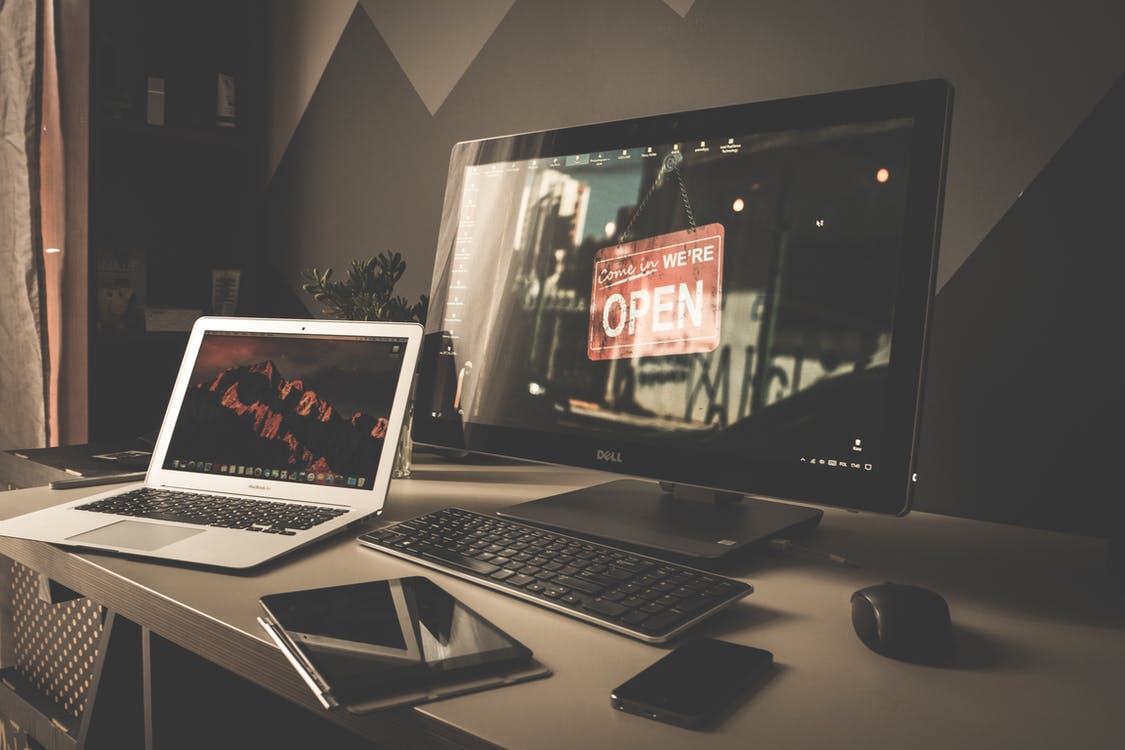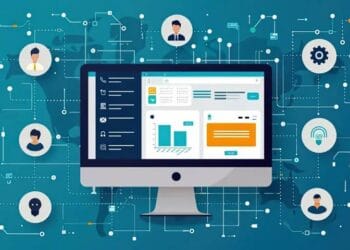Are you looking for buying a new computer? The coronavirus pandemic has shown us how incredibly useful computers can be. They help us communicate with friends and family, pay our bills, do our shopping, stay informed and provide entertainment – all from the comfort of our homes.
The shift to remote work has also increased sales. Families were no longer able to share a computer. Everyone needed one to work or study.
However, if you haven’t bought a computer in the last three years or so, you might be astonished at how much they’ve changed. One thing that hasn’t changed is the lingo that can still frustrate purchasers who don’t have advanced degrees or a burning desire to learn about new technology.
But no worries. We’re here to help you navigate the geeky jargon so you can find the best computer for your needs. Here are the most important things to consider when buying a computer.
Budget- Buying a Computer
Ultimately, it all comes down to how much you’re willing to spend. If you want to use your computer primarily for web browsing, email, and the occasional movie, there’s no point in spending more than you need. Keep in mind that nowadays, even the cheapest computers are more than capable of performing these basic functions. And you’ll be amazed by the kind of performance you can get for $500.
If you’ll be relying on your computer for work, it’s best to buy a mid-range model. The more powerful a computer is, the more expensive it will be. You must balance your budget, needs, and desired features and specs. MyExchangeStore.com might be a good option if you need to buy a computer on short notice, but you don’t have the money to pay for it upfront.
Desktop vs Laptop – Buying a Computer
If you want something you can carry to and from work or take on vacation, a lightweight laptop might be the way to go. These are lightweight, with batteries that can last a whole workday of more than 8 hours, and have enough capacity to handle routine productivity tasks. You can also get a 2-in-1 that allows you to also use it as a tablet by bending the keyboard behind the screen.
If you’re setting up a home office and aren’t concerned about mobility, a desktop computer may be a better and more ergonomic choice. Using a monitor puts less strain on your neck. Now you’re probably thinking that you could just connect a monitor to your laptop and get the best of both worlds. That’s true, but you get better performance for a lower price with a desktop computer, and if your job requires higher specs, it might still be a better option.
Note that some desktop computers come with a built-in display. They might look nice but bear in mind that they tend to cost more for the same performance, and it’s often cheaper to just buy a separate monitor.
RAM
RAM is an abbreviation for Random Access Memory. RAM isn’t the same thing as storage. RAM is where active data from your apps and system processes are kept. A computer’s RAM is like a piece of paper or a scratchpad where it performs real-time operations to ensure that you’re getting a smooth user experience.
RAM is important because, these days, we tend to rely on apps and web browsers that require a lot of memory. If you’re in the habit of using multiple apps at the same time and opening several tabs in your browser, you need a decent amount of RAM.
In general, the more RAM you have, the faster your computer will be and the easier it will be to multitask. 8 GB of RAM is a solid starting point, and it should be fine for casual users. If you like multitasking or your job requires it, go for 16 or 32 GB.
Aside from RAM amount, you should also consider the type. DDR is an abbreviation for Double Data Rate, with 4 designating generation. This matters because motherboards only work with a single generation of RAM. Look for DDR4, the most recent generation available. DDR5 should become available by late 2021 or early 2022. Don’t go overboard because RAM is easy to upgrade.
The Processor (CPU)
Your computer’s central processing unit (CPU), also referred to as the processor, determines its performance and ability to handle whatever you throw at it. Intel processors were the gold standard a decade ago. AMD’s Ryzen series are now on par or superior.
For the most part, you’ll want to buy a computer with Intel Core i5 or AMD Ryzen 5 CPU or above. It’s best to buy the latest version with more cores and GHz, but they’ll be more expensive. As we said before, it’s a balancing act. Get the best you can afford.
Graphics Card (GPU)
The graphics processing unit (GPU), also referred to as the graphics card, is responsible for graphics and video rendering and determines the quality of the visuals you see on your screen. GPUs can be integrated or standalone pieces of hardware.
Integrated GPUs are built into your computer’s CPU and can perform most routine tasks. However, if you want to get the best performance for gaming, you’ll want to get a dedicated GPU. For 1080p gaming, you’ll need a card with at least 6GB, but 8GB is better. You’ll need even more if you like to turn up all the settings or install high-resolution texture packs.
Storage
With the advent of solid-state drives (SSDs), traditional hard drives (HDDs) have lost appeal, notably in laptops and all-in-ones. SSDs are smaller, faster, and quieter. However, they also offer less storage for a higher price.
You can get around this by using a dual-drive configuration, with the SSD serving as the primary drive and the HDD serving as the secondary drive. The SSD should be at least 256 GB and the HDD at least 1T.
Of source, you know best how much storage capacity you need. The more storage you get, the more expensive the computer will be. Fortunately, you can always add storage with an external drive, memory card or even replace the drive. Plus, these days, we also have cloud storage to fall back on.





